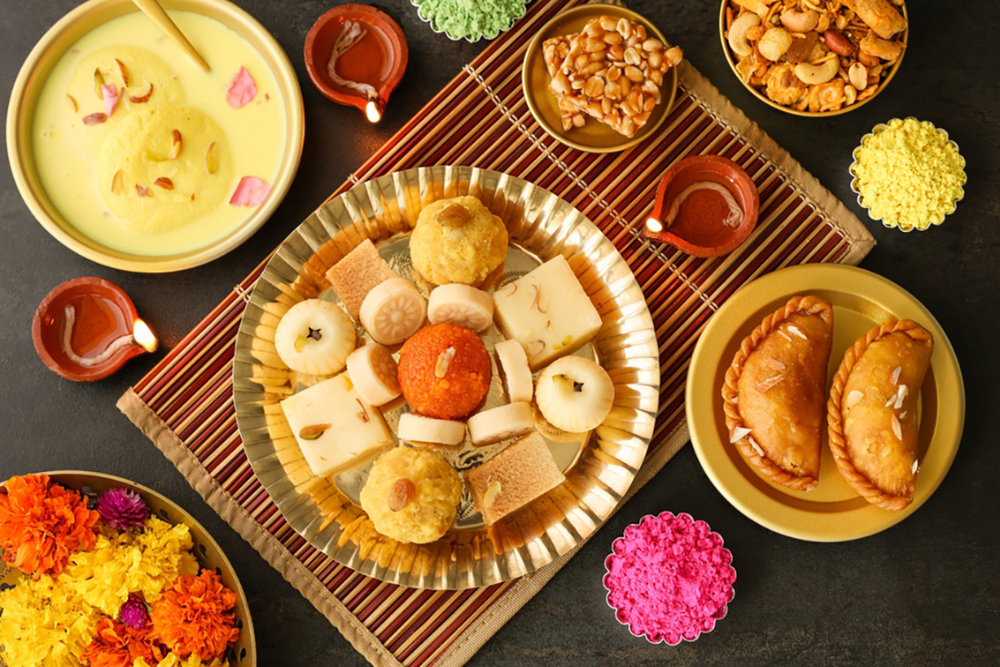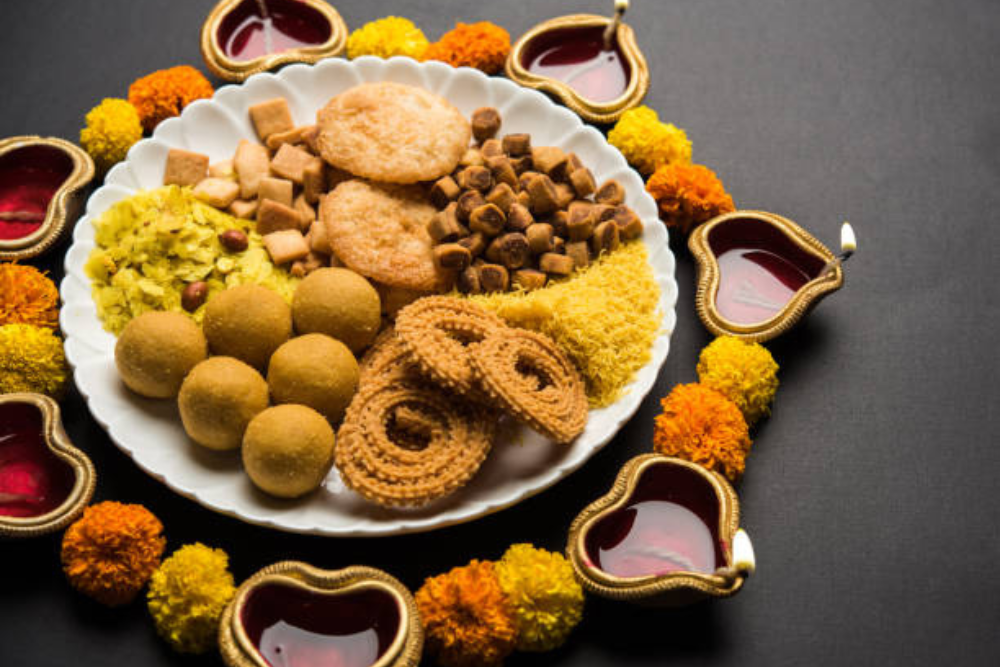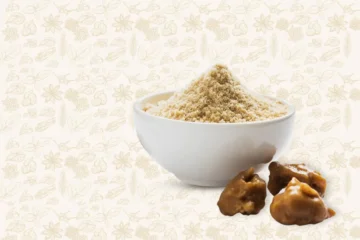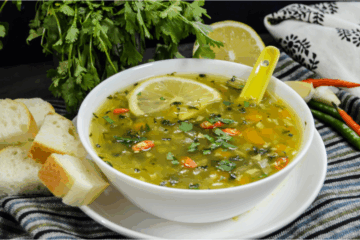Hing, or asafoetida, has long been a secret ingredient in Indian kitchens. This Diwali, elevate your festive cooking with Hing recipes for Diwali — from sweets that surprise your taste buds to savouries that burst with aroma. Let’s explore how a pinch of hing can transform your Diwali menu!
Can hing really be used in sweets — won’t it make them taste too strong or bitter?
Short Answer (under 50 words): Yes, hing can be used in sweets when used sparingly. Just a pinch balances sweetness and enhances richness in sweets like besan laddoo or moong dal halwa without making them bitter or overpowering.
Detailed Answer (100+ words):
1. Hing may sound unusual for desserts, but it’s a centuries-old Ayurvedic trick to balance heaviness in rich, ghee-based sweets.
2. Add only a small pinch of hing when tempering ghee before making sweets such as besan laddoo, moong dal halwa, or mysore pak.
3. The earthy aroma of hing complements the nuttiness of roasted flour or lentils, cutting through excess sweetness.
4. Combine hing with cardamom or saffron for a subtle yet harmonious flavor.
5. Remember — hing isn’t meant to dominate the taste, but to round out the richness and make the sweet more digestible.
What are some classic Diwali savoury dishes that taste better with hing — and how do I use it correctly?
Short Answer (under 50 words): Classic savoury dishes like mathri, namak para, chivda, and dal taste richer with hing. Bloom hing in hot ghee or oil before adding other ingredients for maximum aroma and authentic flavour in your Hing recipes for Diwali.
Detailed Answer (100+ words):
1. Hing is essential in savoury Diwali treats, lending a distinct aroma and digestive benefit.
2. Add it to mathri dough for depth, or temper dal with hing and cumin for a comforting side dish.
3. In snacks like namak para or chivda, a light hing tempering adds irresistible fragrance.
4. Always bloom hing in hot ghee or oil for a few seconds before adding other ingredients—this releases its rich umami aroma.
5. Here’s a quick reference for using hing in popular savouries:
| Dish | How to Use Hing | Resulting Flavor |
|---|---|---|
| Mathri | Add pinch to dough | Earthy, aromatic |
| Namak Para | Mix in oil before kneading | Deep savoury note |
| Chivda | Tempering with curry leaves | Crisp, spiced aroma |
| Dal | Bloom in ghee before spices | Warm, homely taste |
How much hing should I use in festive cooking — is there a risk of overdoing it?
Short Answer (under 50 words): Always use just a pinch of hing. It’s very potent, so a little goes a long way. Overuse can make dishes taste bitter or too pungent, especially in sweets and dry snacks.
Detailed Answer (100+ words):
1. Hing’s potency means moderation is key — even 1/8 teaspoon is enough for a large dish.
2. Overuse can overwhelm other flavours and leave a bitter aftertaste.
3. Use a small pinch (about 0.25g) per cup of flour or lentils.
4. When making savoury snacks like mathri or sev, mix hing evenly into dough or oil.
5. For sweets, temper hing in hot ghee, ensuring it’s well-dispersed before adding other ingredients.
6. Remember — hing enhances, not overpowers. A balanced touch keeps your Hing recipes for Diwali aromatic and delicious without any bitterness.
Is hing suitable for guests with dietary restrictions — like gluten-free, Jain, or low-spice diets?
Short Answer (under 50 words): Yes! Pure hing is gluten-free, Jain-friendly, and ideal for low-spice diets when used moderately. Just ensure you’re using authentic, unblended hing without additives.
Detailed Answer (100+ words):
1. Many commercial hing powders contain wheat flour, but pure hing resin is naturally gluten-free.
2. For Jain guests, hing is an excellent substitute for onion and garlic, offering a similar depth of flavour.
3. Hing’s digestive properties also make it ideal for people who prefer mild or low-spice dishes.
4. Always check product labels to ensure there are no gluten or starch fillers.
5. At Hingwala, our pure hing ensures everyone can enjoy Hing recipes for Diwali without dietary worries.
6. Whether your guests follow Jain, gluten-free, or balanced diets, hing adds both flavour and digestive comfort.
Can I prepare hing-based dishes in advance for Diwali — will the aroma and taste hold up after storing?
Short Answer (under 50 words): Yes, hing-based dishes can be made in advance. The aroma often deepens over time, especially in fried or ghee-rich foods. Store them in airtight containers to preserve freshness and flavour.
Detailed Answer (100+ words):
1. Hing’s aroma actually matures after a day or two, making it perfect for pre-prepared Diwali snacks.
2. Dishes like chivda, namak para, or hing-flavoured sev stay crisp and aromatic when stored properly.
3. Keep sweets like besan laddoo or moong dal halwa in airtight containers at room temperature.
4. For savouries, allow them to cool completely before sealing to prevent sogginess.
5. Avoid refrigeration unless necessary, as it can dull hing’s aroma.
6. With these steps, your Hing recipes for Diwali will stay flavourful throughout the festivities.
Conclusion
Diwali is the festival of lights, flavours, and traditions — and hing perfectly ties them together. From balancing rich sweets to enhancing savoury snacks, hing adds not just taste but digestive comfort too. When used wisely, it transforms festive meals into aromatic celebrations. This Diwali, let Hing recipes for Diwali from Hingwala bring health, happiness, and authentic Indian flavours to your plate!





